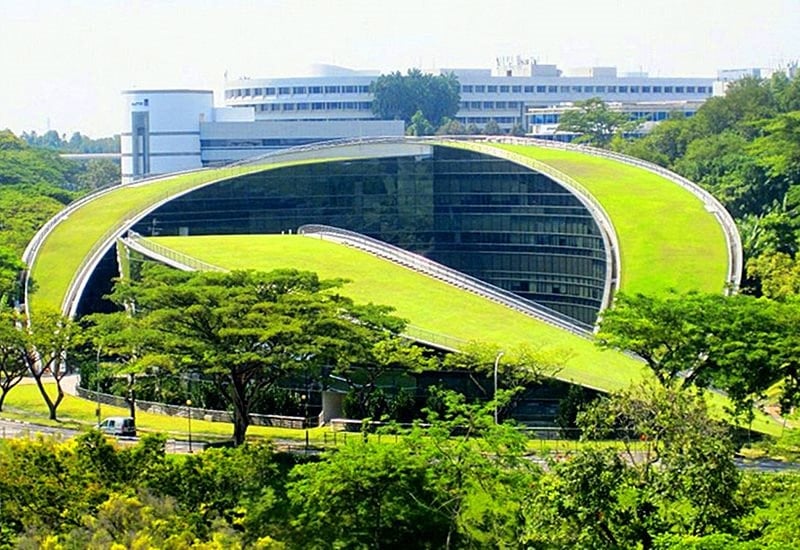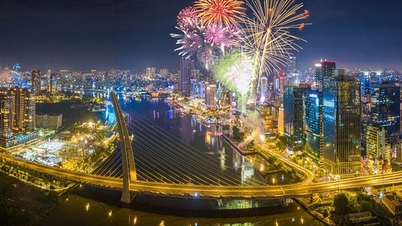
Of which, industrial works account for about 48%, apartments 27%, the rest are offices, schools and other civil works.
In parallel, Vietnam currently has more than 183,000 electric cars and nearly 1,000 electric buses in circulation. Hanoi and Ho Chi Minh City are the two leading localities, each with more than 38,000 vehicles. Many other cities such as Da Nang, Hai Phong, Thanh Hoa, Khanh Hoa... are also witnessing rapid growth, showing that green transformation has become an inevitable trend and is no longer a slogan.
Green buildings help reduce CO₂ emissions, save energy, conserve resources and improve the quality of urban life. The Ministry of Construction is promoting training, communication and support for businesses in the transition process towards the goal of net zero emissions by 2050. Ho Chi Minh City currently leads the country with 268 green buildings, with a total floor area of over 6.29 million m2.
Along with the development of Net Zero projects, the city is expanding its green transport network. The greater Ho Chi Minh City area has nearly 40,000 electric cars, 87,000 electric motorbikes and 2,380 buses, of which electric buses account for more than 26% and CNG buses about 18%. More than 70% of taxis have switched to electric vehicles, while technology motorbikes have an electrification rate of over 28%.
Vietnam aims to have green buildings account for at least 15% of total new construction projects by 2030; public transport using clean energy will reach 30% of total vehicles, moving towards implementing the Net Zero commitment at COP26.
Source: https://quangngaitv.vn/ca-nuoc-co-hon-600-cong-trinh-xanh-gan-200-000-oto-dien-6509372.html







































































































Comment (0)